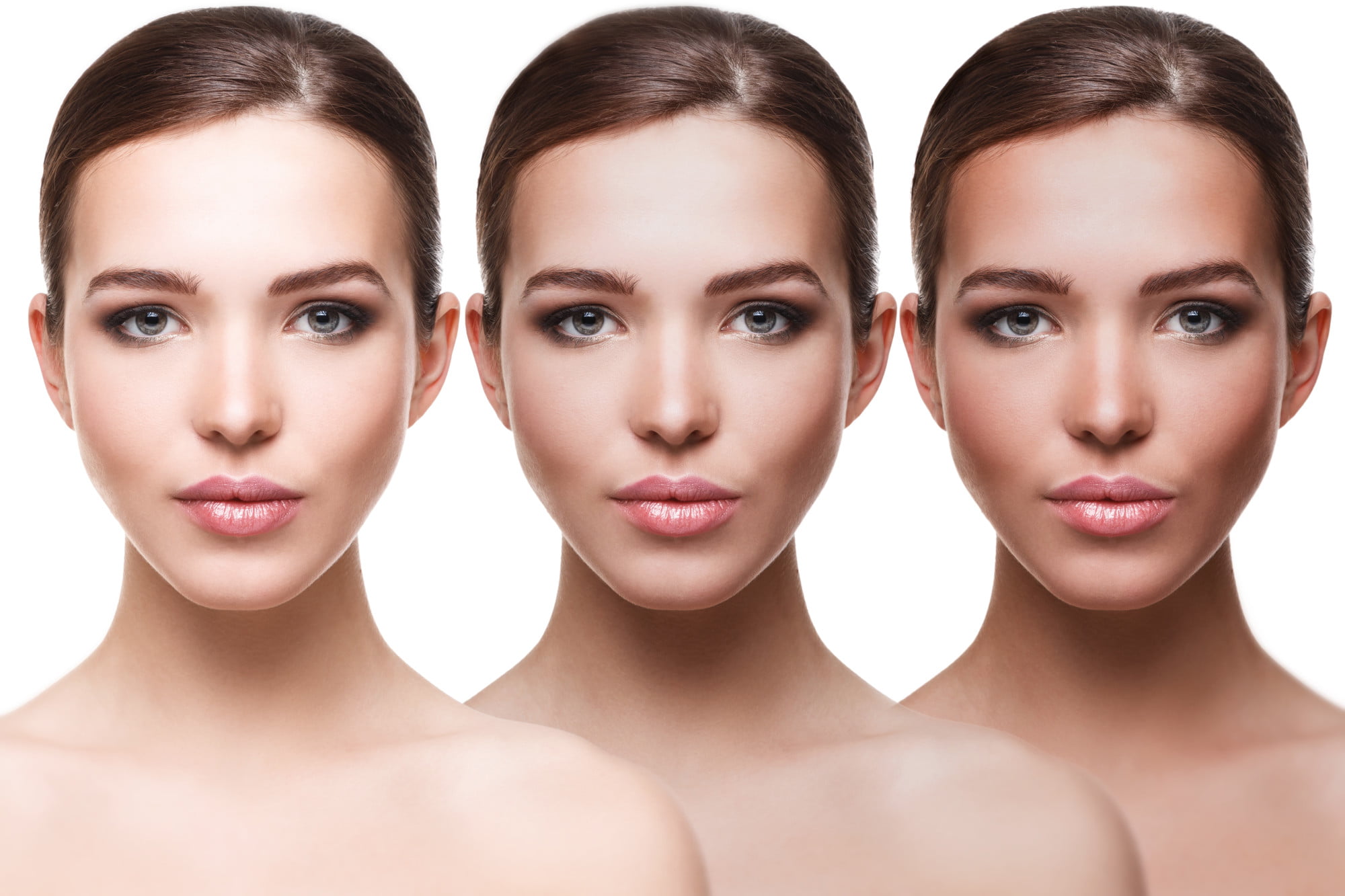Do you know which colors best flatter your skin tone?
If you have a warm skin tone, orange, yellow, gold, browns, deep reds, and rich greens would look fantastic on you. For cooler tones, charcoal, cool blues, violet, and certain pastels will be wonderful additions to your wardrobe.
Of course, all of this wouldn’t be a problem if we all produced the same amount of melanin. So, what is melanin anyway?
Here’s what you need to know.
It’s a Natural Skin Pigment
First things first, specialized skin cells, aka melanocytes, produce melanin.
Here’s what’s surprising to some people. We all possess the same amount of melanocytes. However, some folks make more melanin, which is why they have darker hair, skin, and eye color.
Now, the amount of melanin your body makes depends on your genes. You’ll probably have the same features if your parents have light hair, skin, eye color, and vice versa.
What Does Melanin Do?
Sun exposure triggers your body to make more melanin. This helps protect the body from ultraviolet (UV) damage.
If you’re planning to test this, though, don’t. Always wear sunscreen and use sun-protective clothing. Don’t wait until you’re sunburned.
Even if your goal is to tan, there are safer ways to do it than basking under the sun without protection. To learn more about skin tanning, plenty of online resources can help. You can start with trutan.net, so be sure to check it out.
Three Types of Melanin
In learning about the types of skin tones, you’ll also come across melanin types. These are eumelanin, pheomelanin, and neuromelanin.
Melanocytes produce the first two, while the last one is found in the brain. Eumelanin colors our hair, eyes, and skin. It comes in black and brown, with the latter dominating in people with fair skin and blonde hair.
Meanwhile, pheomelanin influences lip and nipple color. Here’s a fun fact. Red-haired folks have equal amounts of eumelanin and pheomelanin.
As for neuromelanin, it’s not related to your eye color. It’s a pigment that may have a role in preventing cell death in certain parts of the brain. It also imparts a dark color to specific brain areas.
Skin Disorders and Melanin
Albinism, melasma, and vitiligo are some melanin-related disorders.
There is no treatment for albinism, which is caused by little melanin. Melasma, on the other hand, is very much treatable. Some skin treatments include prescription creams, chemical peels, and laser treatment.
Like albinism, vitiligo isn’t curable. However, if you don’t like how the white patches on your skin look, you can try UV light therapy and corticosteroid creams. Or you can embrace it like model Winnie Harlow.
Are You Still Asking, “What Is Melanin?”
Now that you know the basics about melanin, you should have no trouble explaining if someone asks you, “What is melanin?”
If you still want to know more about it, you can always do further research. You may also browse our site for skincare tips and advice. We also have information on various skin treatments that might help you.









